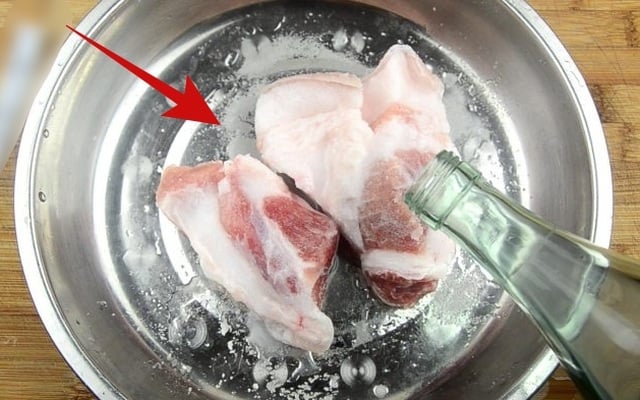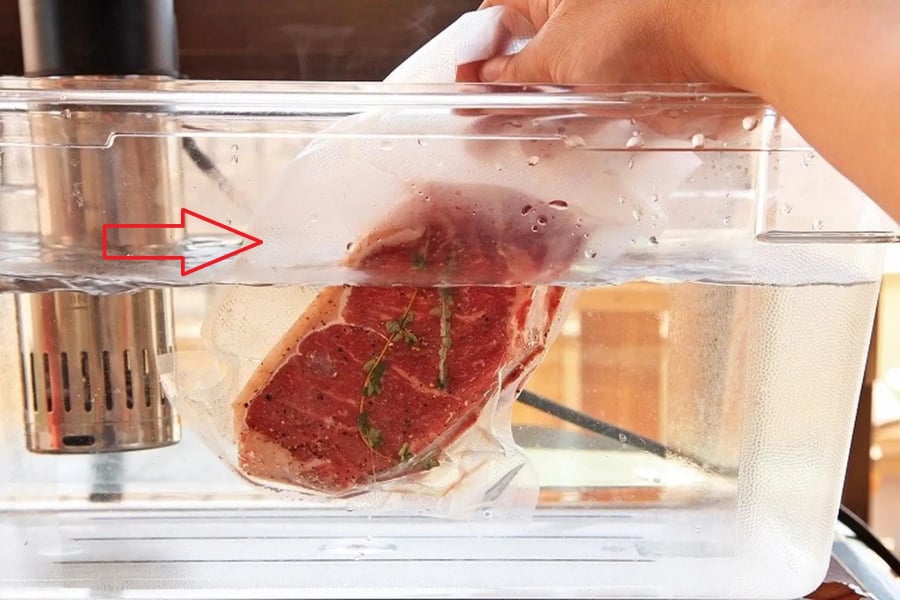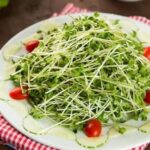Properly thawing meat is the first important step to retaining its flavor and nutritional value.

1. Why You Shouldn’t Soak Meat in Plain Water
Soaking meat directly in plain water may seem like a quick and easy method, but it has several drawbacks:
- It causes meat to lose moisture, resulting in blander flavors and a tougher texture as proteins are leached out.
- Nutrient loss: Water-soluble vitamins and minerals, especially Vitamin B and certain minerals, are lost during prolonged soaking.
- Bacterial contamination: Room-temperature water (typically 25–30°C) is an ideal environment for bacterial growth, posing health risks.
- Inefficient thawing: Plain cold water is ineffective at quickly melting the ice, leading to longer thawing times and potential partial cooking if rushed.
2. Effective and Scientific Methods to Thaw Meat While Retaining Taste and Nutrition
Instead of using plain water, try these efficient and scientifically proven methods to thaw your meat:
Method 1: Use Dilute Saltwater (Brine)
How: Prepare a basin of warm water (around 30–40°C) and add 1 tablespoon of salt along with a few slices of fresh ginger or a squeeze of lemon juice.
Benefits:
- Salt is a natural disinfectant and deodorizer, ensuring food safety.
- Ginger and lemon effectively remove any unpleasant odors and tenderize the meat.
- Meat thaws faster and retains its natural pink color and sweet taste.
Method 2: Thaw in the Fridge (Safest Method)
How: Transfer the meat from the freezer to the refrigerator 8–12 hours before use, allowing it to thaw gradually and naturally.
- Meat retains its moisture, texture, and nutritional profile.
- Bacterial growth is inhibited due to the cold temperature (below 5°C).

Method 3: Use the Microwave (Quick and Convenient)
- How: Wrap the meat in plastic wrap and select the “Defrost” setting on your microwave.
- Note: Only use this method if you intend to cook the meat immediately afterward, as the microwave’s heat can partially cook the outer layers.
3. Tips for Easier Meat Storage and Thawing
- Portion the meat into single-use servings before freezing to facilitate quicker and more efficient thawing and reduce waste.
- Use airtight containers or ziplock bags to prevent moisture loss and maintain meat quality during refrigerator storage.
- Label and date your frozen meat packages to ensure food safety and help you stay organized.
Thawing meat is not just about convenience but also about maintaining the quality of your meals and your family’s health. Soaking meat in plain water compromises taste, takes longer, and risks bacterial contamination. Embrace safer and more effective thawing methods, such as saltwater brine, refrigerator thawing, or using the microwave. By implementing these small changes in your kitchen, you’ll not only enhance the flavor of your dishes but also ensure a healthier and more loving culinary experience.



































